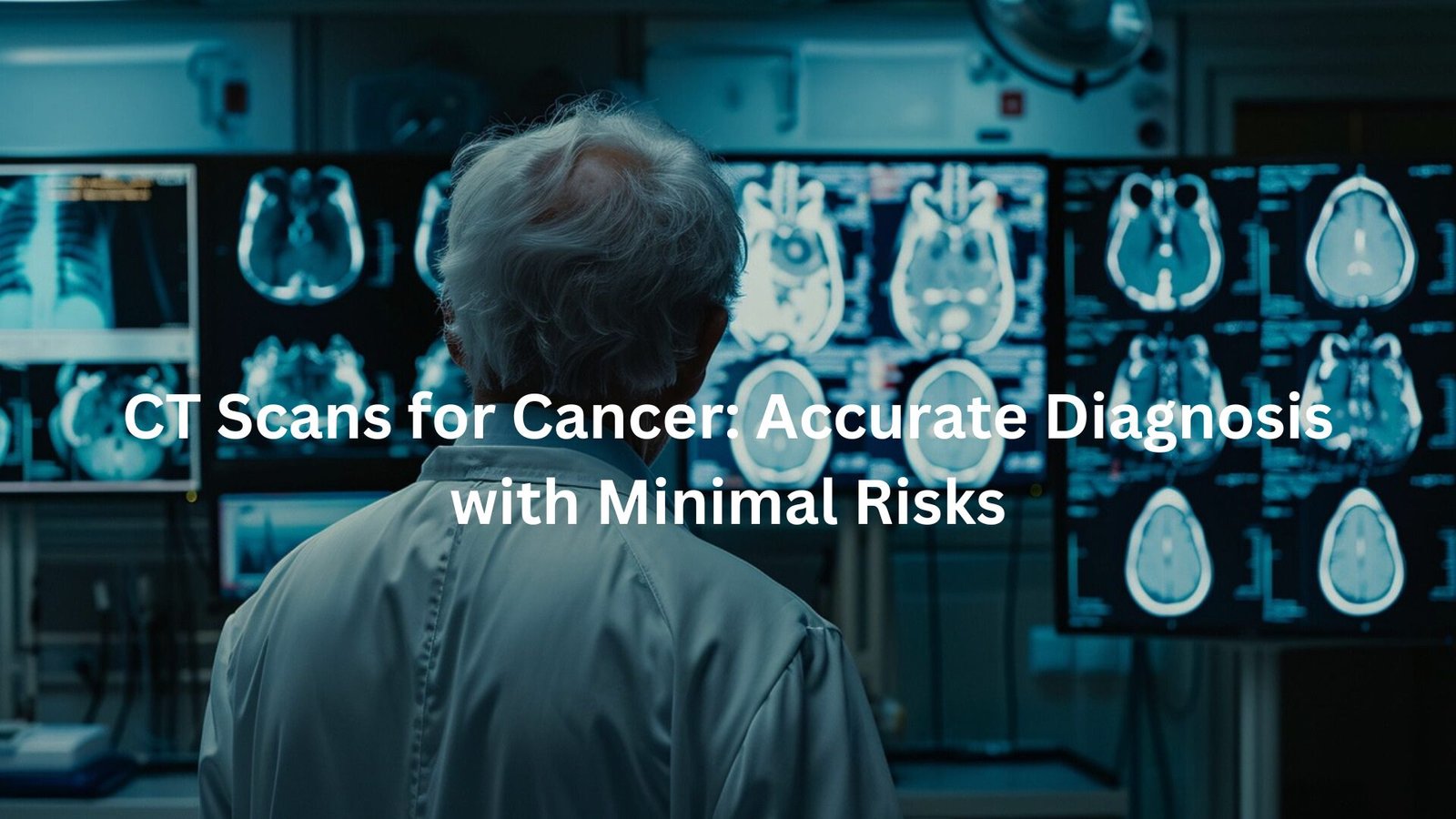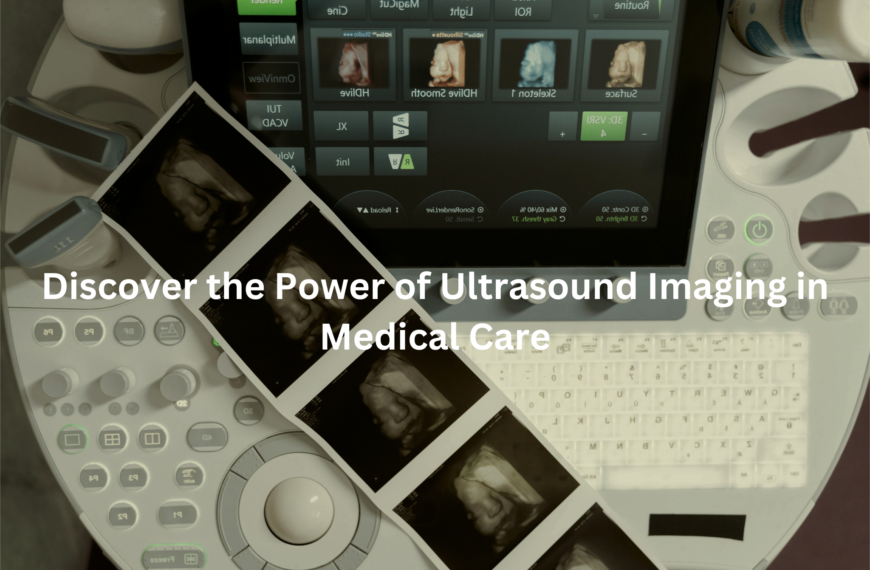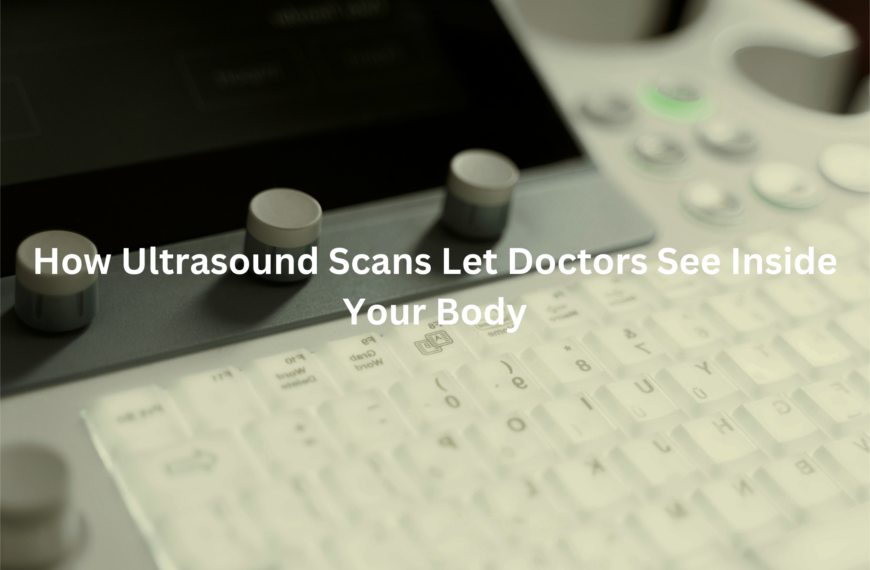Learn how CT scans can aid in cancer diagnosis and treatment while minimising radiation exposure risks.
CT scans play a crucial role in diagnosing and managing cancer, providing clear images of internal organs, tissues, and blood vessels. While they are invaluable for accurate diagnosis, understanding radiation exposure risks is essential. This article highlights the benefits and precautions of CT scans in cancer care, helping you make informed decisions about your health.
Key Takeaway
- CT scans offer detailed imaging for accurate cancer diagnosis – They help detect and monitor various types of cancer, supporting treatment planning.
- Radiation exposure can be managed – Guidelines ensure that CT scans are performed safely with minimal radiation risks, particularly for vulnerable groups.
- Low-dose CT scans provide safer screening – For high-risk populations, low-dose CT scans balance effective cancer detection with reduced radiation exposure.
CT Scans for Cancer Detection
CT scans are a crucial tool in diagnosing cancer, offering clear, detailed images of organs, tissues, and blood vessels. This allows doctors to detect abnormalities early, providing clarity that aids in accurate diagnoses.
For example, when lung cancer is suspected, CT scans give doctors a closer look at the lungs and surrounding areas, helping confirm the diagnosis or rule out other conditions. In liver cancer, these scans highlight tumours or issues in the liver, making it easier to stage the disease and explore treatment options.
Key points:
- CT scans help detect various types of cancer, including lung and liver cancer.
- They provide detailed images that assist doctors in staging the disease and selecting the right treatment.
- CT scans are invaluable for planning treatments like surgery or radiation therapy, offering insights into tumour size and proximity to vital organs.
- Post-treatment scans help track progress and adjust therapies if needed, ensuring optimal care.
Radiation Exposure Risks in CT Scans
Like any medical imaging, CT scans come with some risks, particularly radiation exposure. While they use more radiation than regular X-rays, which can slightly increase the risk of cancer later in life, the benefits of accurate cancer diagnosis usually outweigh the potential risks, especially when the scan is essential for treatment planning.
The Royal Australian and New Zealand College of Radiologists (RANZCR) provides valuable guidelines for managing radiation risks:
- CT scans should only be done when the benefits clearly outweigh the risks.
- Doctors are encouraged to avoid unnecessary scans and recommend them only when crucial for diagnosis or treatment.
- The lowest possible radiation dose should be used while still providing the necessary image quality.
Fortunately, advancements in CT technology are helping to reduce radiation exposure. Modern machines can deliver lower doses of radiation without sacrificing image quality, making scans safer for patients. This progress is a significant step in balancing the need for detailed imaging with patient safety. (1)
Low-Dose CT Scans: Safer Screening for High-Risk Groups
One of the most promising developments in cancer detection is the use of low-dose CT scans. These scans are particularly beneficial in lung cancer screening, especially for high-risk individuals such as long-term smokers or those with a family history of the disease. The lower radiation dose helps reduce the risk of radiation-induced cancer, making them a safer option for these groups.
In Australia, the National Lung Cancer Screening Program advocates for low-dose CT scans for high-risk individuals, such as:
Smokers aged 55 and older who have smoked for many years.
Detecting lung cancer early can dramatically improve survival rates, as the scans help identify the disease before it advances. Though the scans still involve some radiation, the dose is minimal, and the benefits of early detection far outweigh the potential risks.
Informed Decision-Making: Weighing Risks and Benefits
In cancer care, informed decision-making is crucial. A CT scan isn’t always necessary, and patients should understand why it’s being recommended. Doctors must discuss both the benefits and risks, ensuring patients can make an informed choice.
Informed consent goes beyond agreeing to a procedure—it’s about fully understanding its purpose. For CT scans, patients should be aware that while radiation exposure is a consideration, the scan could be essential for diagnosing or staging cancer. However, patients also have the option to explore alternative imaging methods, such as MRIs, which don’t involve radiation.
For example, a patient with a family history of breast cancer may be better suited for an MRI rather than a CT scan, ensuring they receive the needed information without radiation exposure. By engaging in conversations with healthcare providers, patients can be confident that they are making the best decision for their health and receiving the most appropriate care.
Key points:
- Doctors should discuss the pros and cons of a CT scan.
- Patients can ask about alternative imaging options like MRIs.
Managing Allergic Reactions and Side Effects of Contrast Media
Contrast media is commonly used during CT scans to improve the clarity of images, helping blood vessels, organs, and tissues show up more clearly. While most people tolerate these agents without issues, some individuals may experience allergic reactions.
Common reactions can include:
- A mild rash or hives
- A sensation of warmth
Though rare, more severe reactions such as difficulty breathing or anaphylaxis can occur. Healthcare providers are trained to monitor for these reactions and have procedures in place to treat them promptly if necessary.
In addition to allergic reactions, some individuals may experience temporary side effects like a metallic taste in the mouth or a mild headache. These typically disappear on their own after a short period. It’s important for patients to inform their healthcare provider if they’ve experienced reactions to contrast media before, so that appropriate precautions can be taken.
Overall, the benefits of using contrast media to enhance CT images usually outweigh the minor side effects.
Special Considerations for Children and Vulnerable Populations
Radiation exposure from CT scans is a significant concern, especially for children and vulnerable populations. Children are more sensitive to radiation, and because their bodies are still developing, they are at a higher risk for long-term effects, including potential future cancers. Healthcare providers take extra precautions when recommending CT scans for children.
To minimise risks:
- Non-radiation imaging methods like ultrasound or MRI are preferred whenever possible.
- If a CT scan is necessary, the equipment is adjusted to use the lowest possible radiation dose.
Pregnant women are also considered a vulnerable group, as radiation exposure can affect both the mother and the unborn child. In these cases, doctors carefully evaluate whether the benefits of a CT scan outweigh the potential risks. If an imaging scan is essential, alternatives may be considered, or the radiation dose will be closely monitored and minimised.
Ultimately, healthcare providers prioritise patient safety, ensuring that the benefits of the scan always justify the potential risks.
How CT Scans Enhance Cancer Treatment Planning
CT scans play a crucial role not only in diagnosing cancer but also in planning and monitoring treatment. When surgery is required to remove a tumour, detailed CT images guide doctors to the tumour’s exact location. This precision helps avoid removing healthy tissue, reducing the need for additional surgeries.
Similarly, CT scans are vital for radiation therapy:
- They allow doctors to visualise the tumour’s size and shape, ensuring radiation is targeted directly at the cancer cells.
- This reduces damage to surrounding healthy tissue, making the treatment more effective and less harmful.
CT scans also assist in tracking the progress of treatment. After several rounds of chemotherapy or radiation, doctors use CT images to assess the tumour’s response. If it hasn’t shrunk, adjustments to the treatment plan may be necessary. If it is shrinking, the current plan will likely continue, ensuring the best possible outcome for the patient. (2)
Emerging Trends in Cancer Imaging: PET and AI Integration
Credits: CBS
While CT scans are still considered the gold standard for many cancer diagnoses, emerging technologies are enhancing how doctors interpret these images. One such advancement is the use of Positron Emission Tomography (PET) scans, which can be combined with CT scans to provide a deeper understanding of cancer’s impact on the body.
- PET scans reveal the metabolic activity of cancer cells, helping doctors identify aggressive tumours or detect cancer spread.
- When paired with CT scans, they offer a more comprehensive view, highlighting both the tumour’s size and its activity.
Another exciting development in cancer imaging is artificial intelligence (AI). AI is revolutionising the accuracy and efficiency of radiologists’ work. For example:
- AI-powered systems can identify areas of concern, such as tumours or unusual growths, helping doctors spot potential issues early.
- It also enhances the accuracy of low-dose CT scans, ensuring reliable results while minimising radiation exposure for patients.
Conclusion
CT scans are vital for detecting and managing cancer, providing essential imaging that aids diagnosis and treatment planning. By following the RANZCR’s guidelines, healthcare providers ensure that scans are used when necessary while minimising radiation risks.
As the field evolves, maintaining patient safety and carefully assessing the benefits of imaging remain paramount. Following these practices enhances cancer detection and treatment outcomes, improving overall patient care across Australia and New Zealand.
FAQ
What is a CT scan and how does it help with cancer diagnosis?
A CT scan is a powerful tool used by doctors to get detailed pictures of the inside of your body. It helps doctors see things like blood vessels, soft tissues, and organs more clearly, which is really important when diagnosing and treating cancer. By taking detailed images of the body, a CT scan allows doctors to spot any issues, like abnormal growths or tumours, which could indicate the presence of cancer.
How does a CT scan work?
A CT scan uses special X-ray technology to capture detailed pictures of the inside of your body. The scanner takes many pictures from different angles, and a computer then combines them to create clearer images. This helps doctors see things that would be hard to detect with regular X-rays, like a blood clot or cancerous growths. The images from a CT scan are essential for diagnosing and treating cancer.
Are there any risks of using a CT scan?
One concern with CT scans is that they use radiation. While the amount of radiation is generally safe, there is some risk of exposure to radiation, which could potentially lead to future cancers over time. However, the benefits of getting an accurate diagnosis often outweigh the risks, especially when the scan is necessary for treatment planning. It’s important to have an open discussion with your healthcare provider about any potential risks before proceeding.
Is CT imaging safe for children?
CT imaging does expose the body to radiation, and this can be of concern for children since their bodies are still developing. Children are more sensitive to radiation, and healthcare providers take extra care when recommending CT scans. If a CT scan is needed, the doctor will make sure to use the lowest radiation dose possible to ensure safety.
Can a CT scan detect all types of cancer?
CT scans are very effective at detecting many types of cancer, especially those in soft tissues and organs like the lungs, liver, and abdomen. While it may not catch every type of cancer, CT scans can often give doctors a clearer picture of what’s going on inside the body, which helps with diagnosis and planning treatment. For some cancers, additional tests, like a PET scan, might be needed to get a more complete view.
Can a CT scan be used to track cancer treatment progress?
Yes, CT scans can help doctors monitor how well cancer treatment is working. After starting treatment, doctors may use CT scans to check if the tumour is shrinking or if there are any changes. This helps doctors adjust the treatment if necessary and decide the best course of action. It’s an important tool in managing cancer care.
How can I make an informed decision about whether I need a CT scan?
If your doctor recommends a CT scan, it’s important to talk to them about why it’s needed. Discuss the benefits of having a clear, accurate diagnosis and the potential risks, like radiation exposure. You can also ask if there are alternative imaging methods that might be safer or better suited to your needs. Making an informed decision means understanding your options and being comfortable with the plan your healthcare provider suggests.
References
- https://www.health.gov.au/topics/cancer/screening-for-cancer
- https://www.arpansa.gov.au/understanding-radiation/radiation-sources/more-radiation-sources/ct-imaging-and-children-referrers




